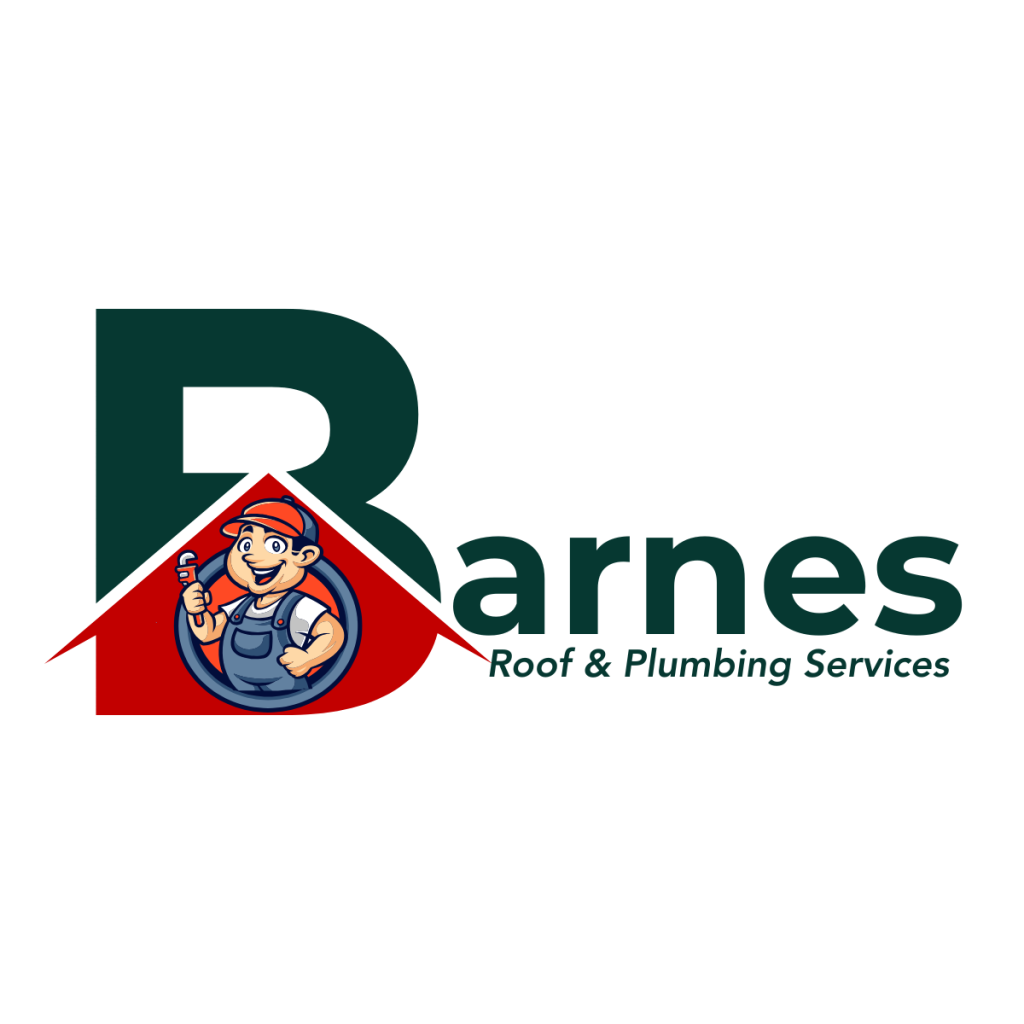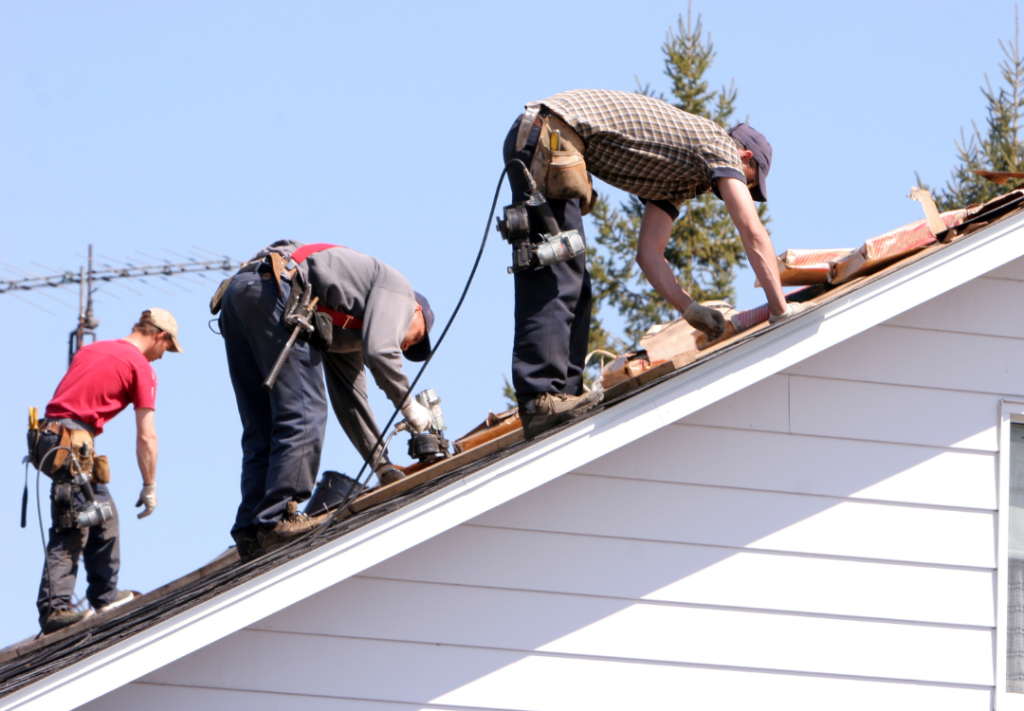Your roof is one of the most crucial parts of your home. It protects your property from harsh weather conditions, enhances energy efficiency, and adds to the overall aesthetic appeal of your home. However, like any other part of your house, your roof requires regular maintenance to ensure it remains in top condition. Neglecting roof maintenance can lead to costly repairs or even premature replacement.
In this guide, we’ll discuss the importance of roof maintenance, essential tips to keep your roof in great shape, and how you can extend its lifespan with simple yet effective strategies.
Why Roof Maintenance is Essential
Regular roof maintenance offers several benefits, including:
Prevention of Costly Repairs – Identifying and fixing minor issues early can save thousands of dollars in major repairs.
Enhanced Longevity – A well-maintained roof can last 20-50 years, depending on the material.
Energy Efficiency – A well-insulated and leak-free roof helps maintain indoor temperatures, reducing energy bills.
Protection Against Water Damage – Leaks can cause mold growth and structural damage, affecting your home’s foundation.
Increased Property Value – A well-kept roof adds to the aesthetic and market value of your home.
Key Roof Maintenance Tips
1. Inspect Your Roof Regularly
Regular inspections help detect potential issues before they become serious. It’s recommended to inspect your roof:
Twice a year (Spring and Fall)
After severe weather events such as heavy storms, hail, or strong winds
Look for:
Missing, cracked, or curling shingles
Rusted or damaged flashing around chimneys and vents
Signs of mold, moss, or algae growth
Clogged or sagging gutters
2. Clean Your Gutters
Clogged gutters can cause water to back up and seep under your shingles, leading to roof leaks and structural damage. Clean your gutters at least twice a year and more often if you have overhanging trees.
Gutter maintenance tips:
Remove leaves, twigs, and debris using a scoop or hose
Check for sagging or detached sections
Install gutter guards to prevent clogging
3. Trim Overhanging Branches
Trees with branches hanging over your roof can cause damage in multiple ways:
Falling leaves and twigs clog gutters
Branches can scrape against shingles, wearing them down
Increased risk of damage during storms
Trim trees back at least 10 feet from your roof to prevent issues.
4. Check for Moss and Algae Growth
Moss and algae can cause moisture retention, leading to premature shingle deterioration. If you notice green or black streaks on your roof, consider:
Spraying a mixture of water and bleach to remove growth
Installing zinc or copper strips to prevent future growth
Using algae-resistant shingles when replacing your roof
5. Repair Damaged Shingles Immediately
Damaged or missing shingles can expose your home to water leaks. If you notice:
Cracked or missing shingles, replace them promptly
Loose shingles, secure them with roofing nails
Granule loss, which indicates aging and may require professional assessment
6. Inspect Flashing and Seals Around Roof Openings
Flashing around chimneys, vents, and skylights is a common area for leaks. Ensure:
No cracks, rust, or gaps in the flashing
Seals are intact and not peeling away
Caulking is in good condition
7. Ensure Proper Attic Ventilation
Poor attic ventilation can cause heat buildup, leading to premature roof deterioration. Proper ventilation helps:
Reduce moisture buildup and mold growth
Maintain consistent indoor temperatures
Extend the life of your shingles
Check for:
Clear airflow through soffit and ridge vents
No signs of excessive moisture or condensation in the attic
8. Schedule Professional Roof Inspections
While DIY maintenance is essential, hiring a professional roofer once a year can ensure deeper inspections and early detection of hidden issues. Professionals have the expertise to:
Identify weak spots before they become major problems
Provide necessary repairs
Advise on roof maintenance strategies specific to your region’s climate
When to Consider Roof Replacement
Despite proper maintenance, every roof will eventually need replacement. Some signs indicating it’s time for a new roof include:
Your roof is 20-30 years old (depending on material)
Frequent and costly repairs
Persistent leaks despite repairs
Visible sagging or structural damage
Energy bills increasing due to poor insulation
Conclusion
Regular roof maintenance is a small investment that can save you thousands in future repairs and extend the life of your roof. By following these tips—inspecting your roof, cleaning gutters, trimming branches, and scheduling professional checkups—you can ensure your home remains safe, energy-efficient, and well-protected against the elements.
If you need professional roof inspections, repairs, or replacement, Barnes Roof & Plumbing Services is here to help. Our expert team is dedicated to providing top-notch roofing solutions tailored to your needs. Contact us today for a free consultation!

